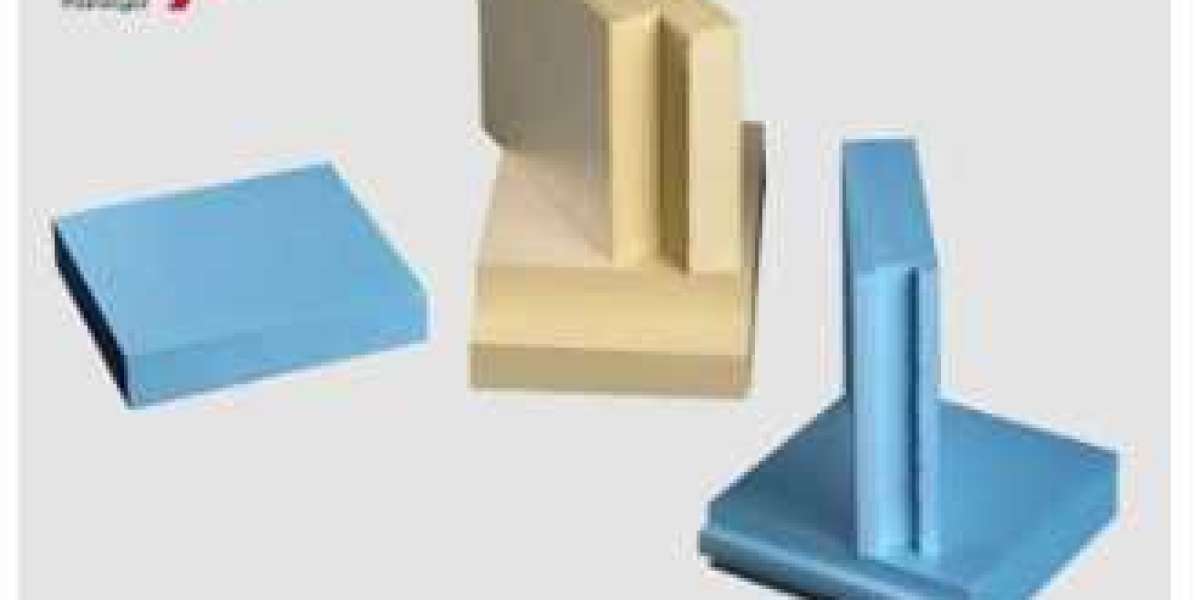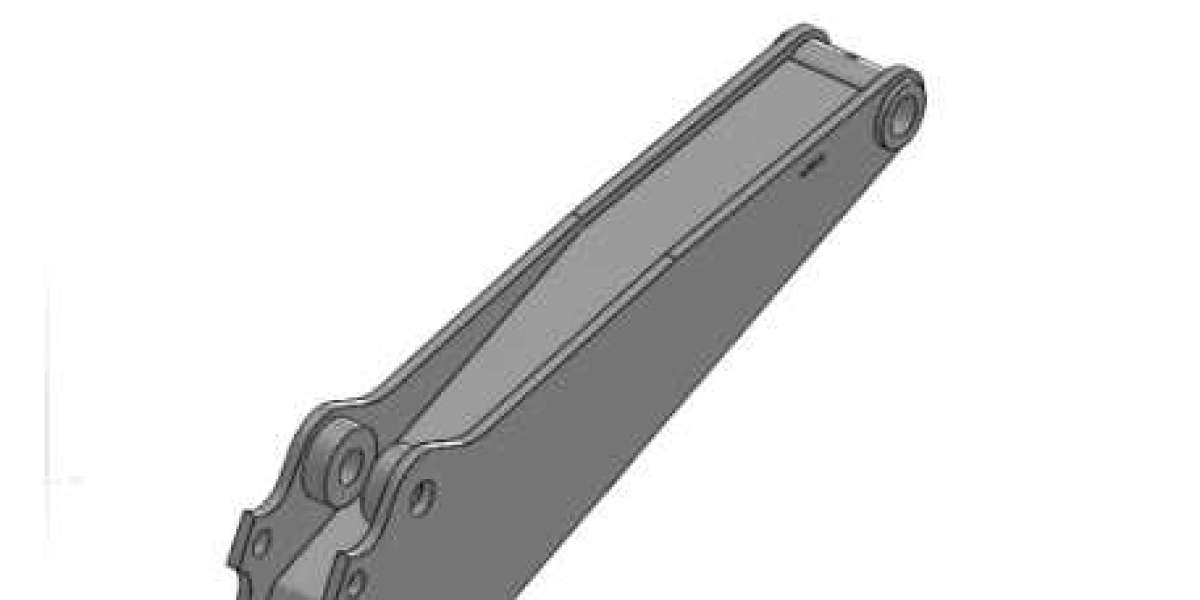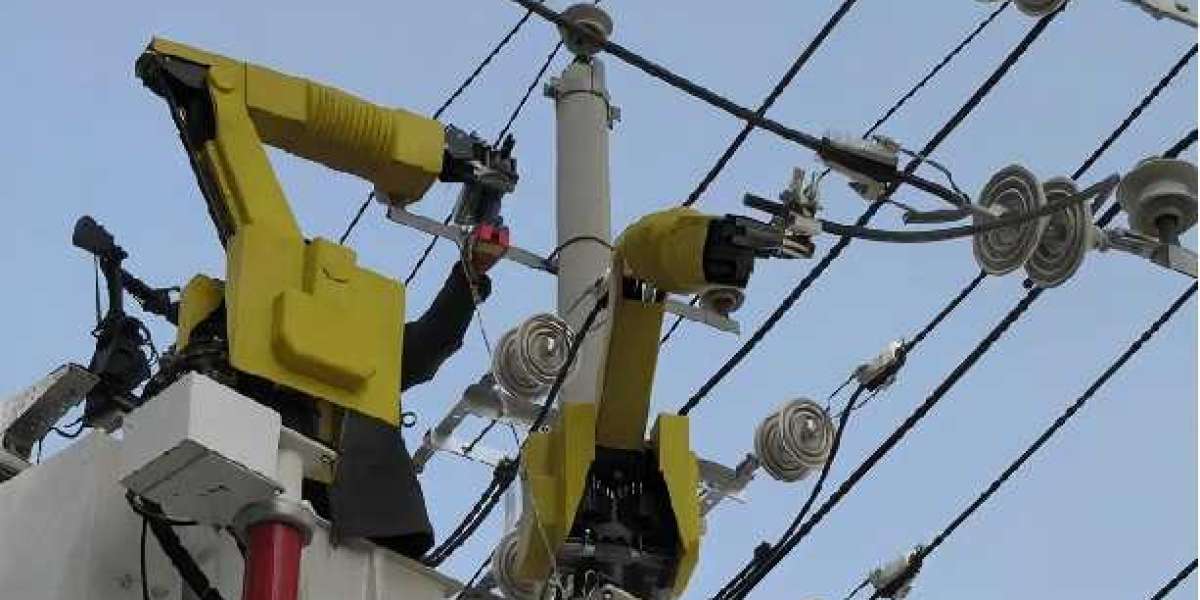Looking to insulate your home or complete a DIY project? Consider XPS foam board. This versatile material offers excellent thermal resistance and moisture protection, making it ideal for various applications. In this post, we'll explore the benefits of XPS foam board, its uses in construction and crafting, and tips for working with it effectively. Whether you're a homeowner embarking on renovations or a hobbyist seeking durable crafting materials, understanding the advantages of XPS foam board can elevate your projects.
From its energy-efficient properties to its lightweight yet sturdy composition, XPS foam board has become a popular choice for insulation and creative endeavors alike. Join us as we delve into the world of XPS foam board and uncover how this material can enhance your building or crafting endeavors.
Understanding XPS Insulation R-Value
What is R-Value?
R-value measures thermal resistance, which is the material's ability to resist heat flow. It determines how well insulation can prevent heat from passing through. The higher the R-value, the better the insulation's effectiveness in keeping heat inside during winter or outside during summer. For example, if a material has an R-value of 6 and another has an R-value of 3, the first one provides better insulation.
XPS foam board offers high thermal resistance compared to other types of insulation materials, making it ideal for areas with cold climates. This means that buildings using XPS foam board as insulation can maintain warmer indoor temperatures more efficiently than those using materials with lower R-values.
Benefits of High R-Value
The primary advantage of choosing materials with high R-values like XPS foam board is their superior insulating properties. In colder regions, where maintaining warmth indoors is crucial, having a high-quality insulator such as XPS foam board becomes essential. With its excellent thermal resistance capabilities, this type of insulation helps reduce heating costs by minimizing heat loss through walls and roofs.
Moreover, structures insulated with materials boasting high R-values contribute to overall energy efficiency by lowering reliance on heating systems during winter months. This not only leads to reduced energy consumption but also decreases greenhouse gas emissions associated with excessive energy usage for heating purposes.
Ideal for Cold Climates
Given its impressive thermal resistance performance, XPS foam boards are particularly suitable for use in regions characterized by cold climates or harsh winters. For instance, homes located in northern parts of the United States or Canada would greatly benefit from incorporating XPS foam board into their construction and renovation projects due to its ability to effectively combat frigid temperatures.
In addition to residential applications, commercial buildings situated in cold climate zones can also take advantage of XPS foam boards' exceptional insulating properties. By utilizing this type of insulation material in construction projects within these areas, property owners can ensure optimal indoor comfort levels while simultaneously reducing heating expenses and environmental impact.
Exploring the Types of XPS Insulation
Various Thicknesses
XPS foam board insulation comes in various thicknesses, allowing for flexibility in application. Whether it's for a residential or commercial project, there is an XPS foam board available to suit different insulation needs. For instance, thinner boards are suitable for interior wall insulation, while thicker ones are ideal for insulating foundations and roofs.
XPS boards typically range from 1/4 inch to 2 inches thick, making them versatile for different construction requirements. The varying thickness options enable builders and contractors to select the most appropriate XPS foam board based on the specific R-value needed and the space available within the construction assembly.
The availability of different thicknesses ensures that XPS foam board can be used effectively across diverse building applications without compromising on performance or energy efficiency.
Compressive Strengths
One key feature of XPS insulation is its different compressive strengths. This allows it to withstand heavy loads without deforming or losing its insulating properties. For example, Type IV XPS has a higher compressive strength compared to standard XPS, making it suitable for use in areas where heavier loads may be placed upon the insulation material.
The ability of certain types of XPS foam boards to support substantial weight makes them an excellent choice for applications such as under slab/flooring systems or parking lot/driveway installations where durability and load-bearing capacity are essential considerations.
This versatility means that architects and engineers have more freedom when designing structures with specific load-bearing requirements because they can rely on high-compressive-strength XPS foam boards to provide reliable long-term performance.
Standard vs High-Density XPS
When considering options for XSP foam board insulation, both standard and high-density variations are available. Standard density offers good thermal resistance while being cost-effective; however, high-density options provide even greater thermal performance along with enhanced strength characteristics.
For instance, if a project demands superior moisture resistance or requires increased structural integrity due to heavy foot traffic or vehicular loads above ground-level slabs or pavements, opting for high-density XSP foam board would be beneficial. On the other hand, standard density might suffice perfectly well when used within walls or roofing assemblies where exposure to excessive moisture levels isn't anticipated.
Production Process of XPS Insulation
Polystyrene Beads
XPS foam board production begins with polystyrene beads. These tiny, spherical beads are the primary raw material for manufacturing XPS insulation. The polystyrene beads are typically derived from petroleum and natural gas. During the initial stage, these beads are expanded by heating them in a mold to form pre-foamed bead.
The pre-foamed polystyrene beads then undergo a series of processes to transform into the final XPS foam board product.
Extrusion with Blowing Agent
After the formation of pre-foamed polystyrene beads, they are subsequently fed into an extruder where they are mixed with a blowing agent. The blowing agent is responsible for expanding the mixture and creating closed-cell structures within the foam board. This process involves high temperatures and pressure to ensure proper mixing and expansion of the materials.
Once mixed with the blowing agent, the molten mixture is forced through a die to create a continuous layer of insulating material. As it emerges from the die, it starts to cool down and solidify while maintaining its cellular structure.
This extrusion process plays a crucial role in determining the density, strength, thermal conductivity, and other physical properties of XPS foam boards.
Closed-Cell Structure
As a result of this intricate production process involving extrusion with a blowing agent, XPS insulation possesses unique characteristics such as its highly desirable closed-cell structure. This closed-cell structure contributes significantly to its exceptional thermal performance as well as its resistance to moisture absorption.
The closed-cell nature also provides durability and strength to withstand heavy loads without compromising its insulating properties. This structure makes XPS foam boards suitable for various applications including roofing systems, wall insulation, under concrete slabs, and more due to their ability to resist water infiltration effectively.
Advantages of XPS Insulation in Buildings
High Compressive Strength
XPS foam board is known for its high compressive strength, making it an ideal choice for various building applications. It can withstand heavy loads without deforming, making it suitable for areas with high foot traffic or where heavy objects will be placed. For instance, when used as insulation beneath concrete slabs in buildings, the XPS foam board offers exceptional support and durability. This feature ensures that the insulation maintains its structural integrity over time, contributing to the longevity of the building's foundation.
Another advantage of the high compressive strength of XPS foam board is its ability to resist damage during transportation and installation. Its robust nature reduces the risk of breakage or deformation during handling, ensuring that it arrives at construction sites intact and ready for use. This not only saves time but also minimizes material wastage, making it a cost-effective solution for builders and contractors.
Moisture Resistance Benefits
One significant benefit of using XPS insulation boards in buildings is their exceptional resistance to moisture infiltration. This property makes them highly effective in preventing water vapor from penetrating into the building envelope, thereby reducing the risk of mold growth and structural damage due to moisture accumulation. The closed-cell structure of XPS foam boards inhibits water absorption, ensuring long-term protection against moisture-related issues commonly encountered in buildings.
Furthermore, this resistance to moisture makes XPS insulation boards suitable for various applications such as below-grade installations or exterior sheathing where exposure to damp conditions is a concern. By mitigating moisture intrusion, these boards contribute to maintaining indoor air quality while safeguarding the integrity and performance of other building materials within the assembly.
Long-Term Thermal Performance
When considering insulating materials for buildings' energy efficiency requirements, long-term thermal performance becomes a crucial factor. With its impressive R-value retention capabilities over time, XPS foam board delivers consistent thermal resistance throughout its service life. This means that even after years of use, it continues to provide reliable insulation properties without significant degradation.
The enduring thermal performance offered by XPS insulation boards helps maintain comfortable indoor temperatures while reducing reliance on mechanical heating and cooling systems within buildings—contributing positively towards energy conservation efforts and operational cost savings.
Addressing Moisture Resistance in XPS Insulation
Closed-Cell Structure
XPS foam board possesses a closed-cell structure, which means its cells are fully enclosed by cell walls. This characteristic makes it highly resistant to moisture infiltration. The closed-cell structure acts as a barrier, preventing water from seeping into the material. As a result, moisture is unable to penetrate the insulation, making it an excellent choice for areas where exposure to water or high humidity levels is a concern.
The closed-cell nature of XPS foam board also contributes to its low permeability, meaning that it has minimal passage for air and moisture. This feature further enhances its ability to resist moisture, making it suitable for applications where protection against water intrusion is essential.
In addition to repelling liquid water, the closed-cell structure of XPS foam board also prevents the absorption of water vapor. This quality ensures that the insulation retains its insulating properties over time and remains effective in managing temperature and energy efficiency within buildings.
Below-Grade Applications
One of the key advantages of XPS foam board is its suitability for below-grade applications. These include installations in basements, foundations, and other below-ground structures where exposure to moisture is common. Due to its resistance to moisture penetration, XPS insulation provides reliable protection against potential damage caused by groundwater or soil moisture.
When used in below-grade applications such as basement walls or under concrete slabs, XPS insulation serves as an effective barrier against ground moisture. By preventing water intrusion into these structural elements, it helps maintain their integrity and longevity while safeguarding indoor spaces from issues related to dampness or mold growth.
Mold and Mildew Resistance
Another significant benefit of using XPS foam board relates to its resistance against mold and mildew growth. Given that mold thrives in moist environments with organic materials available for consumption (such as traditional building materials), utilizing non-biodegradable materials like XPS can effectively mitigate this risk.
Due to its ability to withstand prolonged exposure without degrading or providing sustenance for microbial organisms like mold or mildew spores, XPS insulation contributes significantly towards maintaining healthy indoor air quality by reducing potential allergens associated with mold proliferation.
Simplifying the Installation of XPS Insulation
Lightweight and Easy to Handle
XPS foam board is an ideal choice for insulation due to its lightweight nature, making it easy to handle during installation. Its manageable weight simplifies the process, reducing the risk of strain or injury during handling and placement. This feature ensures that individuals can work with XPS foam boards without requiring heavy lifting equipment, streamlining the overall installation process.
Moreover, its lightweight composition makes it easier to transport from storage areas to the installation site. Contractors and homeowners alike benefit from this convenience, as they can effortlessly maneuver XPS foam boards, expediting project timelines and increasing efficiency.
Easy Cutting Options
One of the key advantages of XPS foam board is its ease of cutting using a knife or saw. This characteristic enables precise customization according to specific project requirements. Whether it's trimming edges or fitting around obstacles, such as pipes or ductwork, contractors can seamlessly modify XPS foam boards on-site without needing specialized cutting tools.
This flexibility in shaping allows for intricate detailing when insulating irregular spaces, ensuring a snug fit for optimal thermal performance. This easy cutting feature reduces material wastage by enabling accurate sizing based on layout measurements.
Versatile Installation Methods
Users have multiple options at their disposal. The material can be installed using either adhesive or mechanical fasteners based on project needs and preferences. The versatility in installation methods provides flexibility for various applications and construction scenarios.
Adhesive application offers a straightforward approach suitable for securing XPS foam boards onto surfaces with minimal visible hardware while promoting a seamless finish. On the other hand, utilizing mechanical fasteners provides robust attachment in high-impact areas where additional reinforcement is necessary for long-term durability.
Comparing Rigid Insulation Panels for Different Applications
XPS Foam Board: Ideal for Various Applications
XPS foam board, also known as extruded polystyrene, is a type of rigid insulation panel suitable for various applications. Its exceptional thermal performance makes it ideal for continuous insulation, insulating foundations, roofs, and wall assemblies.
XPS foam board's versatility allows it to be used in different construction scenarios. It can effectively insulate both the interior and exterior surfaces of buildings. Whether you're working on residential or commercial projects, XPS foam board is a reliable choice for achieving optimal energy efficiency.
With its impressive compressive strength and moisture resistance properties, XPS foam board stands out as an excellent material for providing long-term insulation solutions. This makes it an attractive option in the market of rigid insulation panels.
Practical Use in Construction Projects
In construction projects that require continuous insulation such as walls and roofs, XPS foam boards offer several advantages. Their ability to retain their thermal performance over time ensures consistent energy savings throughout the lifespan of a building.
For instance, when insulating foundations with XPS foam boards, they provide durable protection against moisture infiltration while maintaining high R-values to keep the building's interior comfortable. In this scenario, XPS proves to be a superior choice compared to other types of rigid insulation panels due to its excellent resistance against water absorption.
When used in wall assemblies, especially those requiring high levels of thermal resistance and structural support, XPS foam boards excel at meeting these requirements efficiently. The ease of installation further adds value by reducing labor costs while ensuring top-notch performance.
Evaluating Expanded Polystyrene Foam Insulation Boards (EPS)
Less Moisture Resistant
XPS foam board is similar to EPS but has higher moisture resistance, making it suitable for below-grade applications. On the other hand, EPS foam boards are less moisture resistant compared to XPS. This means that in areas prone to high humidity or water exposure, EPS may not be the ideal choice.
Expanded polystyrene (EPS) insulation boards can still provide effective thermal insulation above grade where they are not exposed to excessive moisture. For example, in wall assemblies or roofing systems where there is minimal risk of water infiltration, EPS foam boards can offer cost-effective insulating properties.
Lower Cost
One of the key advantages of expanded polystyrene foam insulation boards (EPS) over XPS is their lower cost. Due to its manufacturing process and material composition, EPS tends to be more budget-friendly than XPS alternatives. This makes it an attractive option for projects with strict budget constraints without compromising on performance.
Despite being less expensive than XPS, EPS foam boards maintain good compressive strength and insulating capabilities when used in appropriate applications such as above-grade walls or roofing systems. However, it's important to consider the specific requirements of a project before opting for a particular type of rigid insulation panel.
Suitable for Above-Grade Applications
While both XPS and EPS foam boards have their distinct advantages and disadvantages, expanded polystyrene foam insulation boards (EPS) are particularly well-suited for above-grade applications due to their favorable cost-performance ratio. Their ability to provide efficient thermal resistance while being economically viable makes them an appealing choice for projects where below-grade waterproofing isn't a primary concern.
In addition to being utilized in residential construction projects like exterior wall sheathing and roof insulation, expanded polystyrene foam insulation boards also find application in commercial buildings requiring reliable thermal protection against varying environmental conditions without exceeding the allocated budget.
Insights into Rigid Foam Board Insulation
Construction
XPS foam board, also known as rigid foam insulation, is widely used in construction for its versatility. It serves as an excellent insulating material for various applications, such as walls, roofs, and foundations. The foam board is lightweight and easy to handle, making it a popular choice among builders and contractors. Its versatility allows it to be used in both residential and commercial construction projects.
The rigid foam insulation provides a continuous barrier that effectively prevents air from infiltrating the building envelope. This feature significantly contributes to maintaining consistent indoor temperatures while reducing the workload on heating and cooling systems. As a result, buildings with XPS foam board insulation experience enhanced energy efficiency.
Continuous Insulation Barrier
One of the key benefits of using foam board insulation is its ability to create a continuous thermal barrier within the building structure. Unlike traditional insulating materials that may leave gaps or seams, XPS foam boards offer seamless coverage when properly installed. This ensures that there are no weak points where air can leak through, leading to improved overall energy performance.
In addition to providing continuous insulation, rigid foam boards also contribute to moisture control within buildings. By minimizing the potential for condensation and moisture buildup, they help prevent issues such as mold growth and structural damage over time.
Enhanced Energy Efficiency
By incorporating XPS foam board insulation into construction projects, builders can significantly enhance the energy efficiency of buildings. The superior thermal resistance properties of rigid foams reduce heat transfer through walls and roofs, resulting in reduced reliance on mechanical heating and cooling systems.
This enhanced energy efficiency not only leads to lower utility costs for building owners but also aligns with sustainable building practices by reducing overall energy consumption. As environmental awareness continues to grow globally, utilizing materials like XPS foam boards becomes essential in promoting greener construction methods.
Final Remarks
The exploration of XPS foam board insulation has shed light on its various aspects, from R-value and production process to installation and comparison with other rigid insulation panels. Understanding these elements is crucial for making informed decisions regarding insulation choices for different building applications. With its high moisture resistance and ease of installation, XPS insulation boards offer a compelling solution for enhancing energy efficiency and structural integrity in construction projects.
As the construction industry continues to prioritize sustainability and energy efficiency, incorporating XPS foam board insulation can significantly contribute to achieving these goals. By leveraging the insights gained from this article, readers are encouraged to consider the benefits of XPS insulation in their future building projects, ultimately contributing to more sustainable and resilient structures.
Frequently Asked Questions
What is the R-Value of XPS insulation?
XPS insulation has a high R-value, typically ranging from 5.0 to 5.5 per inch of thickness. This indicates its excellent thermal resistance and ability to insulate effectively.
How does XPS insulation address moisture resistance?
XPS insulation boasts closed-cell structure which makes it highly resistant to moisture infiltration, preventing mold growth and maintaining its insulating properties over time.
What are the advantages of using XPS insulation in buildings?
XPS insulation offers high compressive strength, moisture resistance, and stable long-term thermal performance, making it suitable for various applications in building construction.
How is the installation process of XPS insulation simplified?
The lightweight nature and ease of cutting make XPS foam board relatively simple to install. It can be easily shaped around irregular surfaces with minimal effort.
What are the different types of XPS insulation available?
There are various types including standard square edge boards, tongue-and-groove boards for enhanced interlocking, as well as specialty products designed for specific applications such as inverted roofs or below-grade installations.








